
Digitization of Global Value Chains (GVCs) will involve digitizing the paperwork that accompanies the buyer-supplier relationship in global trade and will make identifying and recruiting new suppliers far less time-consuming. This will enable new digital technologies to have a major impact on the traditional optimization view of a linear Global Value Chain (GVC) with digital networks connecting across the full network for end-to-end visibility, responsiveness, agility, and coordination across the supply chain. Global Value Chains (GVCs) will be able to strategize and achieve business resilience and flexibility of supply-risk management with chains designed to anticipate disruptions and reconfigure themselves appropriately to mitigate any impacts due to a volatile business environment.
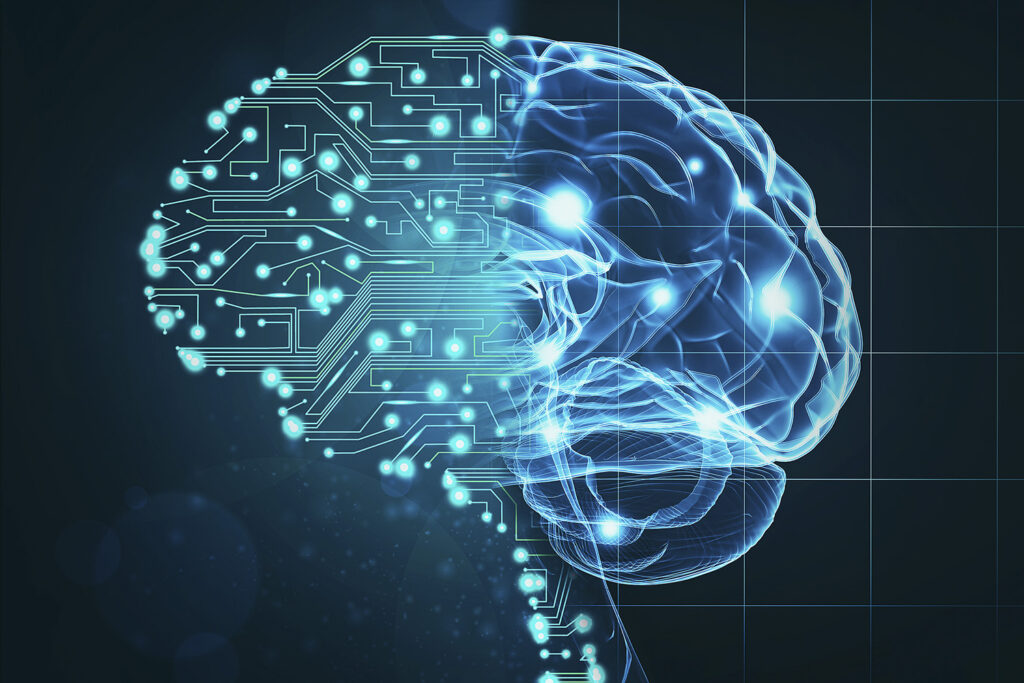
Artificial Intelligence (AI) will enable Global Value Chains (GVCs) to quickly switch to alternative providers when regular suppliers face disruption, amongst many other things.
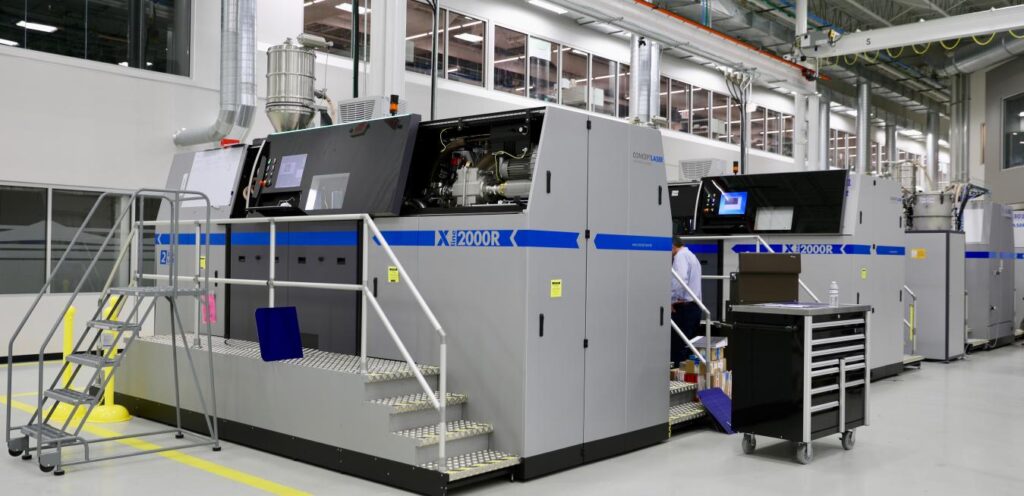
3D printing will offer potentially innovative ways to strengthen and shorten existing lines of supply, including in-house production of products, parts and key components. High-tech 3D printers will be used as a tool to avoid the need to construct high-tech factories and ship products across the world.

Blockchain technology has potential to improve supply chain transparency and product provenance, including assistance with product quality, recall, and traceability. Blockchain solutions could also lower transit times and speed up payments. Food losses in food supply chains could be reduced substantially with blockchain-monitored information. Blockchain-enabled contracts could facilitate interactions among the various players in the supply chain.
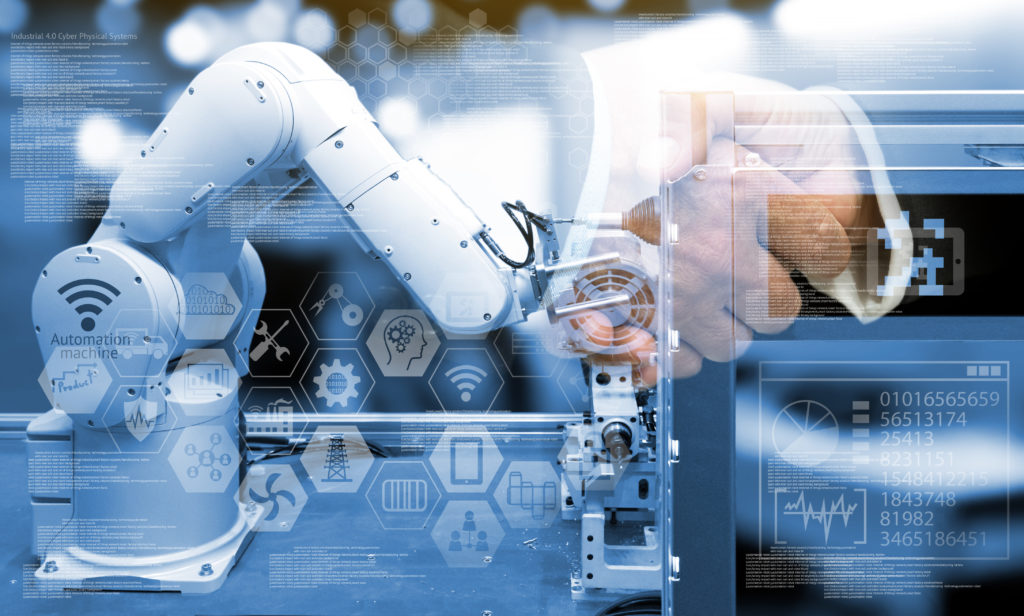
Adoption of robotics will lead to improved productivity in Global Value Chains (GVCs), resulting in expansion in output and increased demand for material inputs, as well as the creation of new tasks. Robots are flexible and can be programmed to perform a variety of repetitive tasks with consistent precision. In the case of a pandemic or other disruption, robots could keep factories running supported by a few human employees.

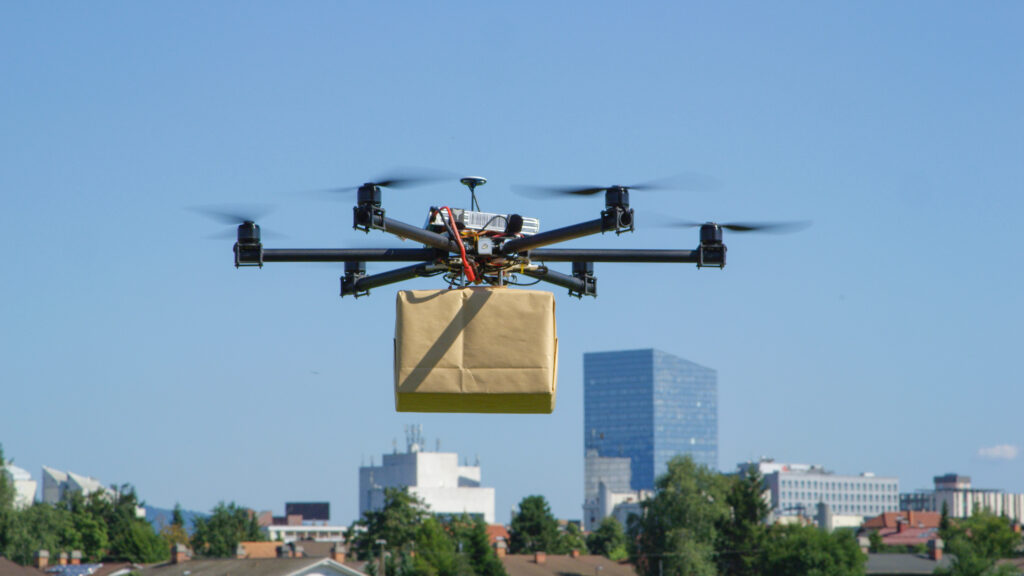
Unmanned Ground Vehicles (UGVs) and Unmanned Aerial Vehicles (UAVs) have the potential to disrupt the current last-mile logistics model to pick and drop products at the customer’s doorstep in Global Value Chains (GVCs). Amazon, DHL, and even Domino’s Pizza are eyeing these as a niche for last-mile delivery since these are more economical, faster and environmentally-friendly. At ports, these vehicles could unload, stack, and reload containers accurately and faster.
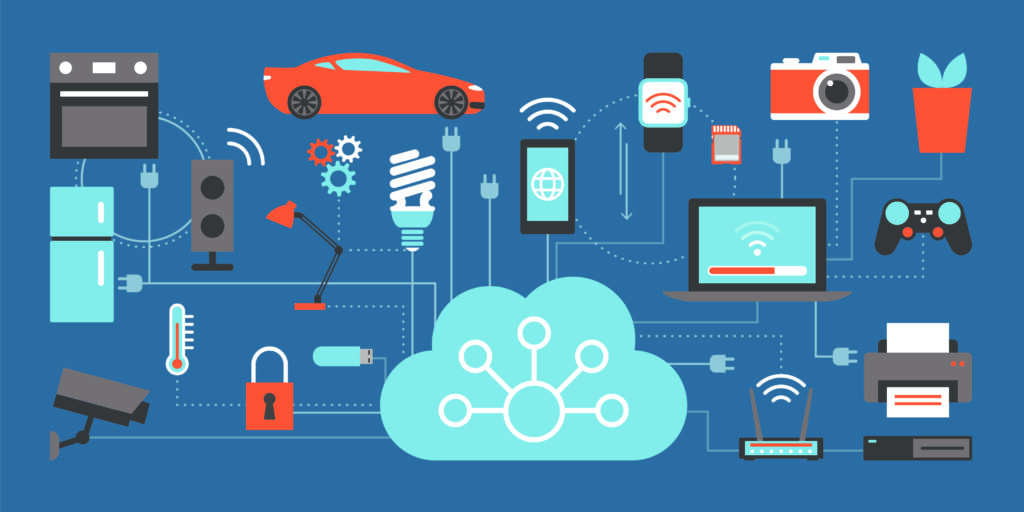
The Internet of Things (IoT) could provide more efficient delivery by tracking shipments in real time in Global Value Chains (GVCs). With the improved and expanded navigation systems, trucks may be routed based on current road and traffic conditions. This may reduce shipping and customs processing times. IoT could also automate consumer demand with smart home technologies. For example, the smart refrigerator will place orders as soon as a household’s weekly or daily basket of refrigerated products are expected to run low.

Cloud-computing with its pay-as-you-go subscription model is increasingly being used for storage and software in Global Value Chains (GVCs), thus lowering the fixed costs of investments in IT infrastructure. This facilitates file sharing between cross-country teams and management of supplier relationships. Also, logistics and shipping processes can be greatly enhanced through automation and the internet of things with cloud computing.